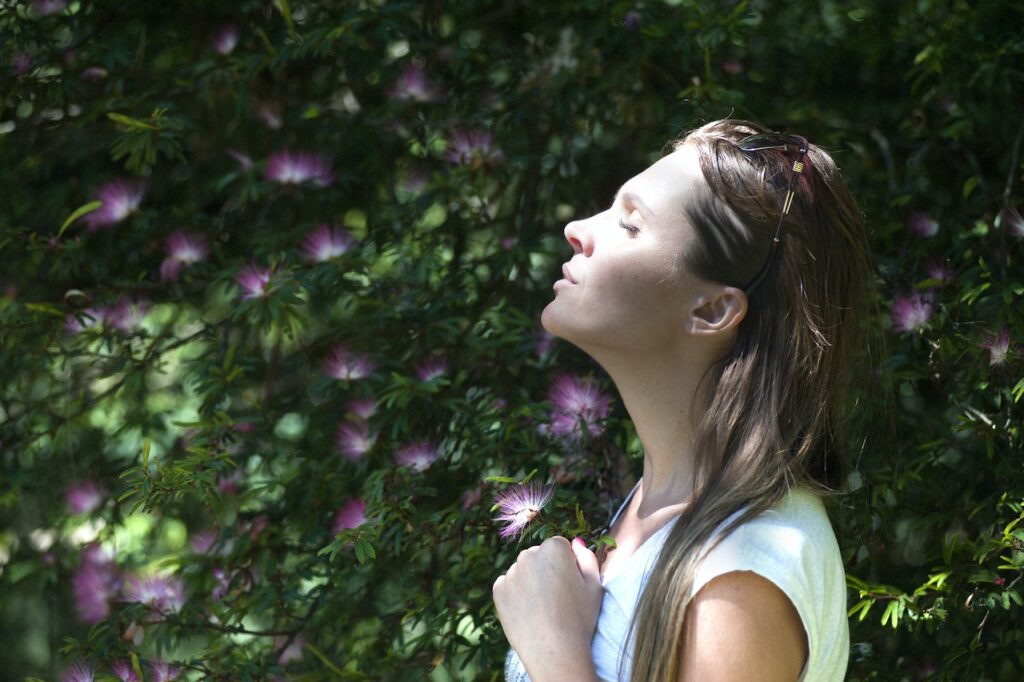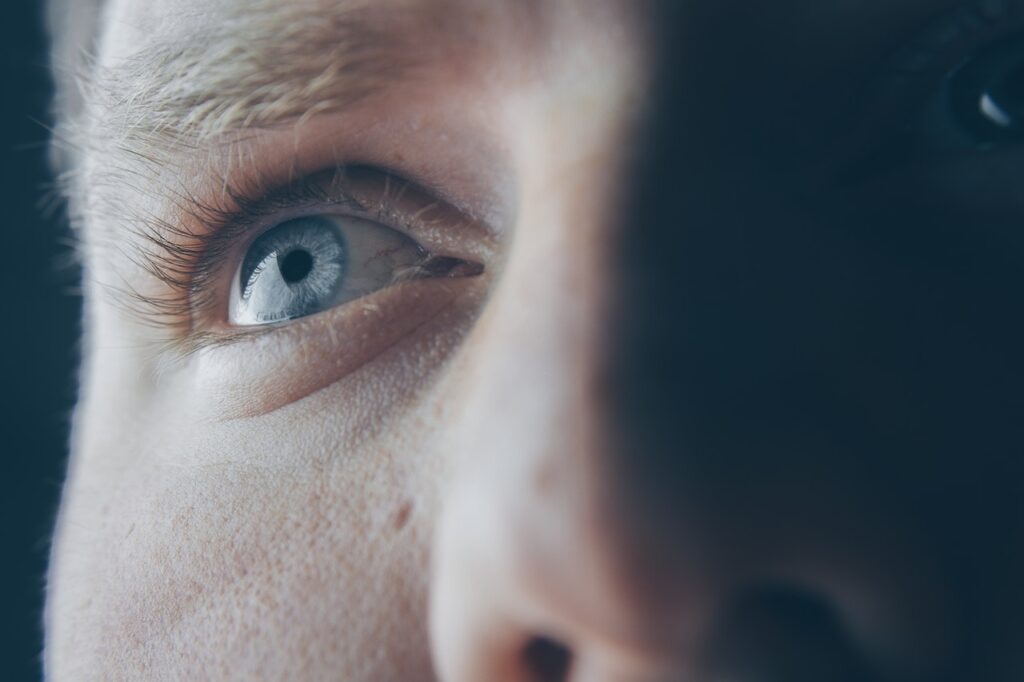What is meant by breathwork? Breath work is simply a technique of breathing exercises performed to improve one’s spiritual, physical, or mental well-being. It’s characterized by intentional breathing pattern changes. The idea is that humans are able to change their emotions by changing the pattern of their breathing. According to personal development expert Mona Shah Joshi of the Art of Living Retreat Center in North Carolina, our breath has a corresponding reaction with every emotion and thought we have.
Anger for instance tends to make our breathing faster, and as for when we are sad, it is said that we take less amount of time to inhale, because our exhalations tend to be longer.
The Art of Living Retreat Center is championing this field of wellness technique of happiness through breathing or the more common “breathing for happiness” by developing specific techniques of breathing known as SKY which stands for Sudarshan Kriya.
SKY refers to a process of practicing targeted and set of breathing exercises that helps with relieving stress at its deepest levels, thereby increasing the feelings of your happiness.
There’s proof of the benefits of SKY with over 60 scientific studies offering evidence to that effect. With particular evidence regarding its boost to cardiovascular and respiratory function, improving the quality of sleep, helps with the reduction of the effects associated with PTSD and stress, as well as increasing focus, and immunity enhancement, plus a host of other benefits.
Students and ardent advocates of the breathing techniques happiness program all say that their emotions improved with positive results within days of practice as they started to feel happier and more energetic, and were able to become more focused. Including Shah Joshi herself who first attended the program in her college days almost 20 years ago and now an expert in the field. According to her “I have continued to see benefits over time in every aspect of my life—mind, body, and spirit.”
In addition to learning the full breathing exercises techniques via the happiness program at the Art of Living Retreat Centre, some of the exercises in the program have been proven they can be done personally to activate early results to a considerable level.
Breathing for Happiness Techniques
According to Shah Joshi, these techniques are bound to bring in a daily dose of happiness for those practising it.
Alternate nostril breathing
Within just a few minutes of practising this technique, your mind will become calm. It is mostly advised for when you need to calm those intense emotions or before you commence meditation. Not only is it safe to practice at any time of the day, but it can be done as long and as often as you like.
Steps:
- With your spine positioned straight, close your eyes while sitting comfortably.
- Next, block one of your nostrils using your ring finger and right thumb, this will ensure that you’re only breathing through your other nostril. Then breathe in through the left nostril, but first begin by exhaling through the same nostril.
- After each inhalation, switch sides and continue to breathe normally at your own relaxed pace. Ensure you’re not forcing it by paying attention to completing the exhalation.
Bellows breath
Bhastrika or the more common bellows breath is another breathing technique that helps to calm the mind, furthermore, it ensures that you’re more alert.
Steps:
- Step one involves sitting up straight on the edge of a chair with legs, or with your legs folded under you.
- With your arms bent, bring up your arms to your sides, then position your hands next to your shoulders with your fists loosened. Next you take in a deep breath and then out, continuing in that format.
- Open your hands and through your nose take in a quick full breath, while raising your arms all the way up straight. Also, through your nose, with some force, breathe out immediately, ensuring that your arms with your hands closed fall back by your sides to the original position. Take about 15 breaths, ensuring you’re only breathing through the nose. Continue the step at a steady pace before relaxing.
You can repeat the whole sequence no more than three times. Pregnant women are advised not to practise this exercise. Also, it’s best to reduce the number of breaths if you start to feel light-headed during the process.
Gladys Christian | Staff Writer










